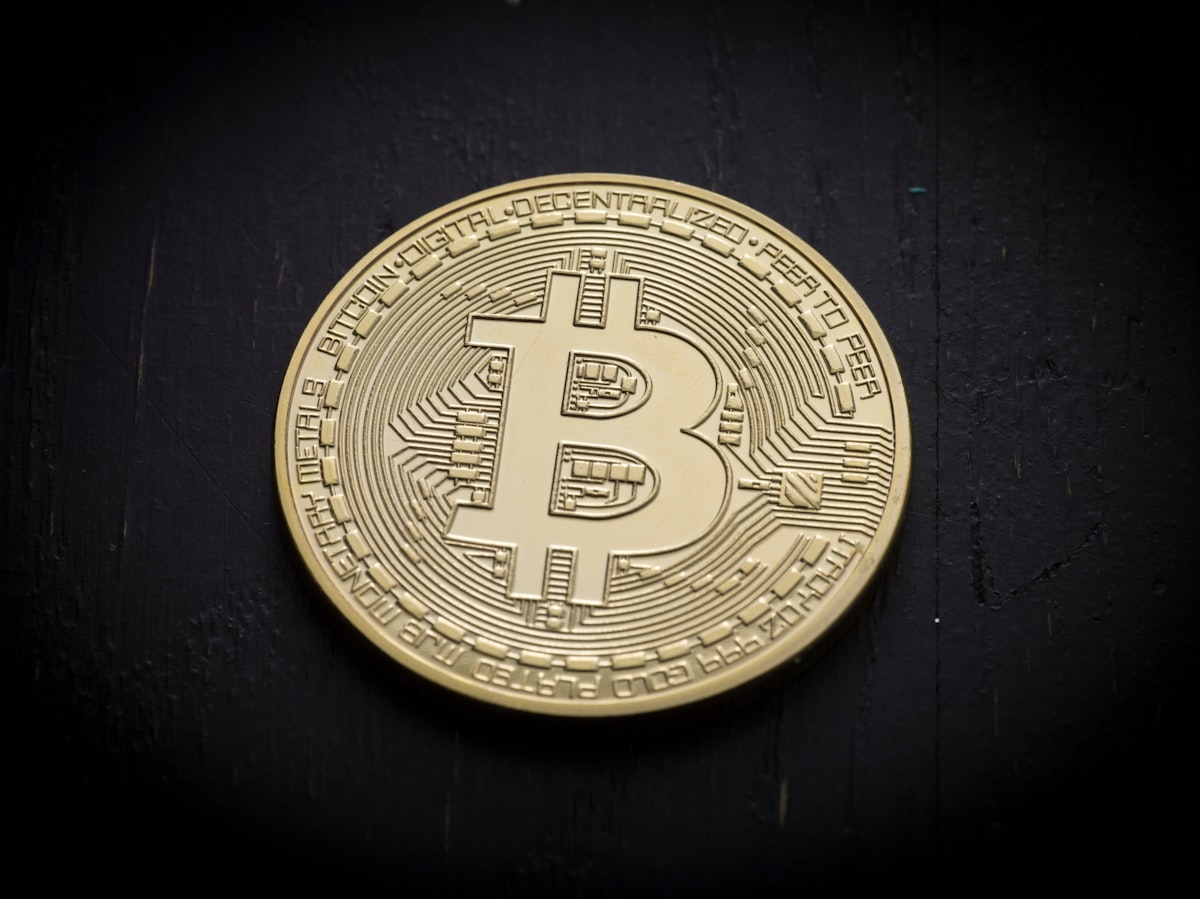Fundamentals of Bitcoin

Bitcoin is the original cryptocurrency developed in 2009 and has since become a major player in the emerging world of digital assets and finance. The creator of bitcoin is a mysterious developer only named by their pseudonym; Satoshi Nakamoto. They started work on bitcoin and eventually wrote the first white paper detailing the need for bitcoin and how it works. Read it yourself here. This article explains the basics of blockchain technology and how it works.
What is a Blockchain?
A block chain is a public ledger set up by a network of computers that allows for peer-to-peer transactions. This is useful because it allows users to circumvent financial institutions and move their money freely, without “double spending” their currency, or paying for something with money they don't have. Additionally, this allows for a “trustless” system where individual parties will not have to rely on good faith that the other person has the funds to pay them, because the network has been publicly validated to make sure that they have the bitcoin in their wallet. Once a transaction is made, the blockchain assigns random nodes to perform complex computer calculations (also known as proof of work) in order to verify the transaction. After enough nodes have done the calculations and all agree that the transaction can be made, the documentation is added to the blockchain, and the bitcoin has officially been sent to the new wallet.
Mining explained
Bitcoin mining is the process in which transactions are verified on the blockchain and the method of which new bitcoins are issued. When someone wants to send bitcoin to someone else, they initiate the transaction. The network reacts to this by randomly assigning nodes to do the work of verifying this transaction.
A Node is a computer designed and synchronized with the block chain that is capable of performing the calculation of transaction verification. In the early days of bitcoin, it could be done effectively on a personal PC, but now requires designated rigs specifically designed to keep up to speed with the enhanced needs of the busy blockchain.
The nodes do a very simple job: seeing if the sender has enough bitcoin to deliver to the wallet of the receiver. Once enough nodes agree, then the bitcoin is successfully transferred, and the miners receive newly minted bitcoin to incentivize their efforts.
Closing Thoughts
For the first time in history people are able to send and receive money without the need of a third party. The potential benefits will be nearly instantaneous transactions with no money taken by middlemen to verify the transaction. However, these central banks have been in power for several hundred years. These banks, and the federal governments who produce their own currencies, will do whatever they can to maintain their power and to keep people using their monetary systems. The bitcoin experiment is still relatively young, only recently breaking into the mainstream, with limited merchants accepting it as payment. There will be many hurtle for cryptocurrencies to overcome in order to reach popular adoption and only time will tell if the technology has what it takes to make good on its promises.


